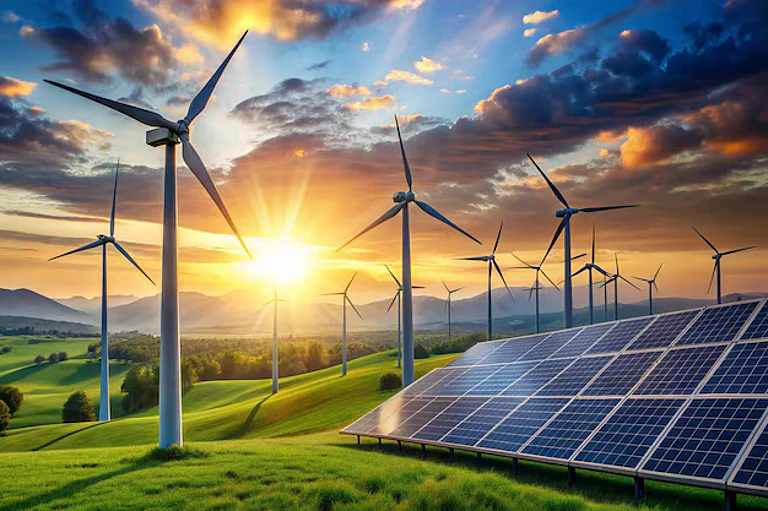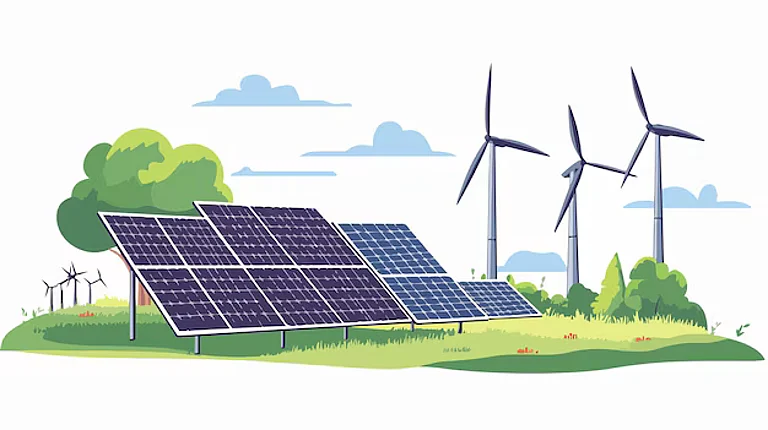A research team led by Nagaland University has created a patented, cost-effective method to produce advanced electrode material for next-generation energy storage devices known as ‘supercapacitors’.
These supercapacitors are vital for their ability to store large amounts of energy and charge rapidly. They can be used as key technology for electric vehicles, renewable energy systems and grid stabilisation. However, the high cost of electrode materials has posed a challenge to wider adoption, according to ET.
New Graphene-Based Breakthrough
The team’s process includes creating aminated graphene, which is a derivative of reduced graphene oxide. This material can help improve the performance as the material has shown to have superior electrochemical properties and lower the cost of energy storage systems, according to Northeast News.
“Unlike traditional methods that are time-consuming and resource-intensive, this new approach operates under moderate temperature and pressure conditions. This makes the supercapacitor energy-efficient, faster, and more suitable for large-scale production,” Professor Dipak Sinha, Department of Chemistry, Nagaland University told ET.
“The process offers a fivefold increase in gravimetric energy density over its non-aminated counterpart while maintaining over 98% energy retention after 10,000 cycles,” Sinha added.
The team involved in conducting the research included experts from Karnataka universities– Visvesvaraya Technological University and Nagarjuna College of Engineering and Technology; and Nagaland University. The technology was also granted an Indian patent.
“Initial tests show an energy density exceeding 50 Wh/kg and a wide electrochemical window of 2.2v—metrics comparable to global benchmarks,” the university said in a statement, reported ET.
Storage Key to Renewables
While renewable energy sources like solar and wind power are vital for cleaner future, their intermittent nature poses a challenge for stable power supply.
For instance, solar panels generate electricity only during the day and meeting demand at night without sunlight requires employment of storage technologies. Hence, developing energy storage systems is critical to meet the consistent demand for green power.
Electrochemical energy storage systems stand out for their high energy density, fast response times and scalability, making them ideal for grid integration.
Unlike other storage methods, they provide efficient, on-demand energy delivery to maintain grid stability. A Science Direct study noted that scientists are now exploring new materials and technologies to develop more effective storage systems.
































